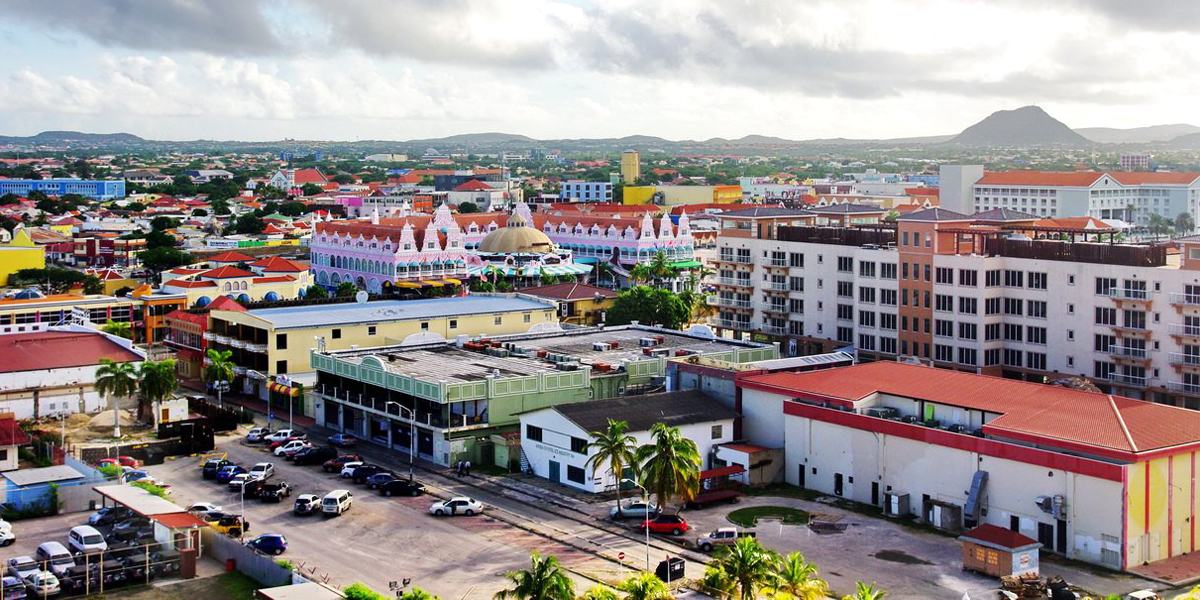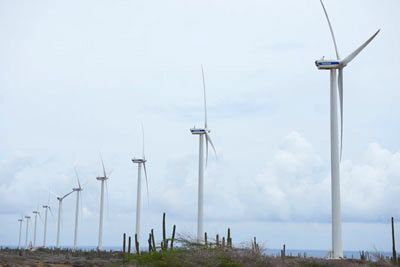

By Diana Madson
While many nations are taking steps toward energy independence, Aruba is diving in.
In 2012, the small island nation pledged to transition to 100 percent renewable energy within eight years.
Justin Locke is director of the island energy program at the Carbon War Room, an international nonprofit. He said it makes sense for islands to switch to clean power.

“Islands currently pay some of the highest electricity prices in the world. At the same time, they also have some of the best renewable energy resources,” added Locke.
Aruba’s plan includes building new solar and wind farms, converting waste to energy, and working to increase energy efficiency.
The country is also pursuing creative new strategies to reduce power demands. For example, the utility company is working to provide air conditioning using ice that is produced at night when electricity costs are lower.
“Islands provide an incredible blueprint, or guiding light, for what a renewable economy could look like from a technical, financial, and regulatory perspective, because they are actually moving in that direction now,” said Locke.
Today, Aruba gets nearly 40 percent of its energy from clean power and intends to reach 100 percent in several years.
Listen here:
Reposted with permission from our media associate Yale Climate Connections.

 233k
233k  41k
41k  Subscribe
Subscribe 